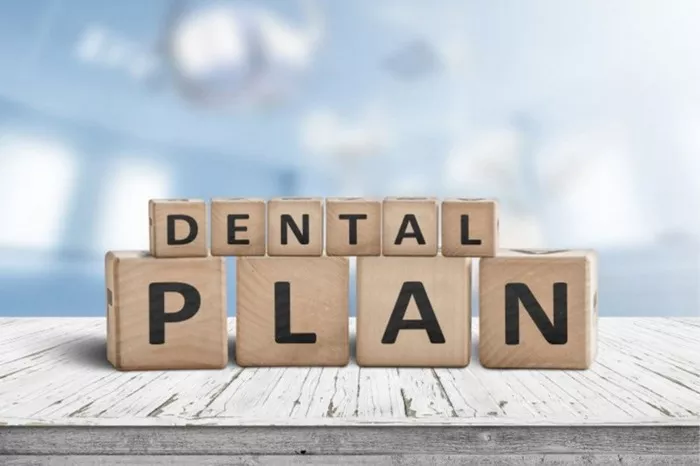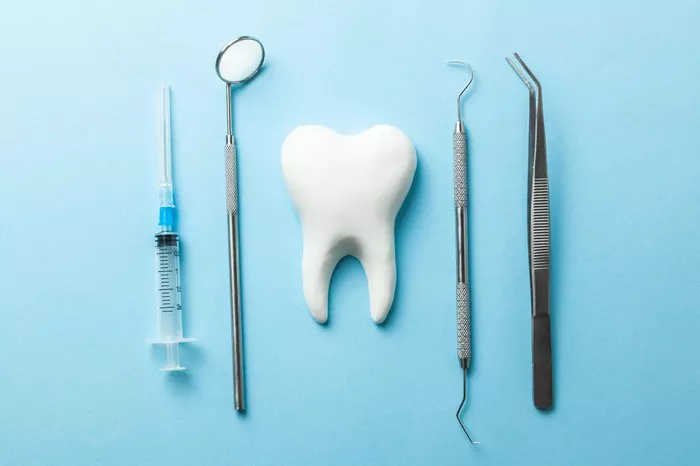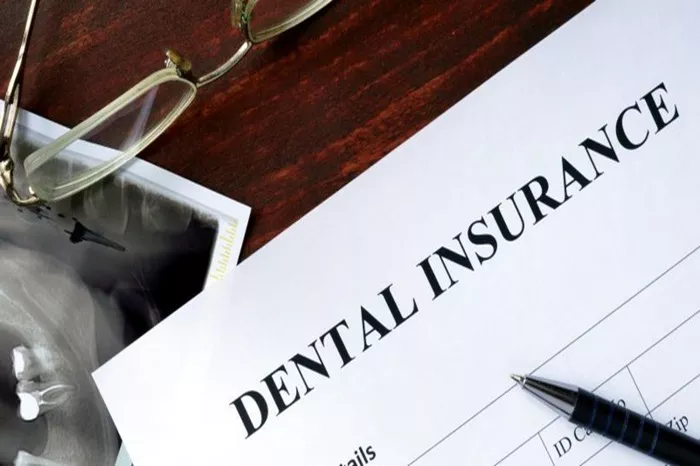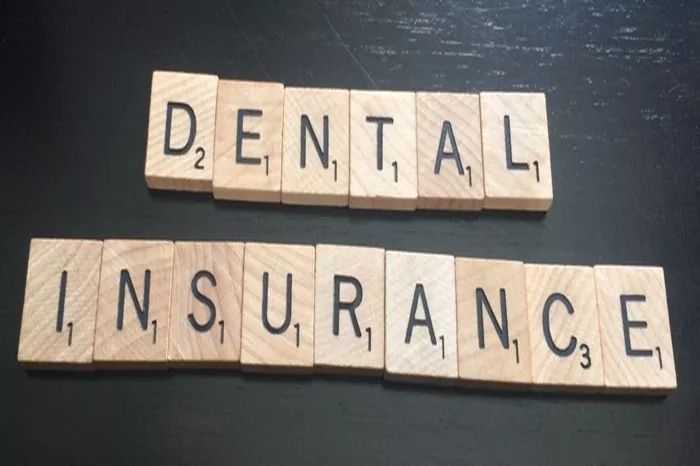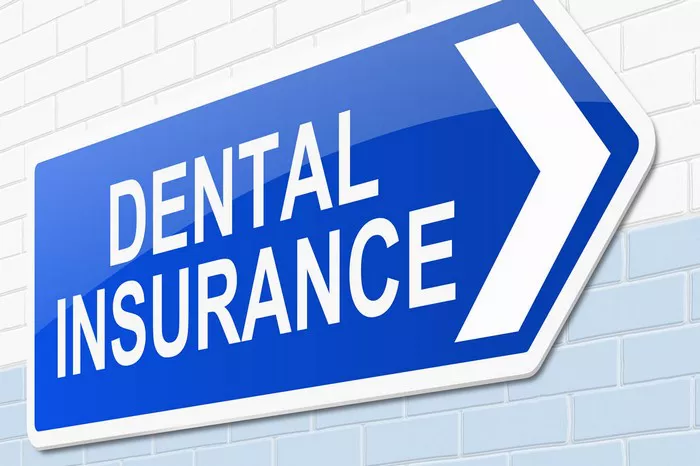Dental insurance is a crucial component of overall health care, providing coverage for routine dental care and more significant procedures. Understanding the cost of dental insurance is vital for making informed decisions about your health care needs. This guide delves into the factors that influence the cost of dental insurance, average costs across different plans, and how to choose the right plan for your needs.
What Is Dental Insurance?
Dental insurance is a type of health insurance designed to pay a portion of the costs associated with dental care. Unlike general health insurance, which covers a broad range of medical services, dental insurance specifically focuses on oral health. It typically covers preventive care (such as cleanings and exams), basic procedures (such as fillings and extractions), and major procedures (such as crowns and dentures).
Factors Affecting the Cost of Dental Insurance
Several factors influence the cost of dental insurance. Understanding these factors can help you choose a plan that offers the best value for your money.
1. Type of Plan
There are several types of dental insurance plans, and the cost varies significantly depending on the type of plan you choose:
Dental Health Maintenance Organization (DHMO) Plans: These plans tend to be the most affordable. They require you to use a network of dentists who have agreed to offer services at a reduced rate. While these plans have lower premiums, they may have more limited coverage options.
Preferred Provider Organization (PPO) Plans: PPO plans are more flexible than DHMO plans, allowing you to see any dentist, though you will pay less if you use a dentist within the network. These plans typically have higher premiums but offer broader coverage.
Indemnity Plans: Also known as fee-for-service plans, indemnity plans allow you to see any dentist and reimburse a percentage of the cost. These plans usually have the highest premiums but offer the most flexibility.
2. Coverage Level
The level of coverage you choose significantly impacts the cost of dental insurance. Plans with higher coverage levels (e.g., covering major procedures) will have higher premiums. For instance, a plan that covers 100% of preventive care, 80% of basic procedures, and 50% of major procedures will cost more than a plan that only covers preventive care.
3. Location
Geographic location plays a crucial role in the cost of dental insurance. Insurance premiums tend to be higher in urban areas due to the higher cost of living and higher dental fees. Conversely, premiums may be lower in rural areas.
4. Age and Health
Your age and overall health can also influence the cost of dental insurance. Older individuals or those with a history of dental problems may face higher premiums. Some plans offer discounts for younger individuals or those who do not smoke.
5. Deductibles and Co-pays
The amount you pay out-of-pocket before your insurance kicks in (deductible) and the amount you pay at each visit (co-pay) can also affect the cost of your dental insurance. Plans with lower deductibles and co-pays usually have higher premiums.
6. Waiting Periods
Many dental insurance plans have waiting periods before they cover certain procedures, especially major ones. Plans with shorter or no waiting periods may have higher premiums.
See Also: What Does a 12-Month Waiting Period Mean for Dental Insurance?
Average Cost of Dental Insurance
The average cost of dental insurance varies depending on the type of plan and coverage level. Below is an overview of the typical costs you can expect:
1. Individual Plans
For individual plans, the average monthly premium ranges from $20 to $50. Here’s a breakdown by plan type:
DHMO Plans: Monthly premiums typically range from $20 to $30. These plans offer basic coverage with low out-of-pocket costs for preventive care but may have limited coverage for major procedures.
PPO Plans: Monthly premiums range from $30 to $45. These plans offer more comprehensive coverage and the flexibility to see any dentist, though they usually cover a lower percentage of out-of-network services.
Indemnity Plans: Monthly premiums for indemnity plans can range from $45 to $60. These plans provide the most flexibility but also come with higher out-of-pocket costs.
2. Family Plans
Family plans, which cover multiple individuals, typically have higher premiums but offer discounts for covering multiple people. The average monthly premium for a family plan ranges from $50 to $150, depending on the coverage level and the number of people covered.
DHMO Plans: Family plans range from $50 to $90 per month. These plans offer affordable coverage for basic care but may have limited options for major procedures.
PPO Plans: Family plan premiums typically range from $80 to $120 per month. These plans offer more comprehensive coverage and allow you to see any dentist, though at a higher cost.
Indemnity Plans: Family indemnity plans can cost between $100 and $150 per month. These plans provide the most coverage flexibility but come with higher out-of-pocket costs.
3. Employer-Sponsored Plans
Employer-sponsored dental insurance plans are typically less expensive than individual or family plans. Employees often pay part of the premium through payroll deductions, and employers may cover the rest. The average cost for employer-sponsored plans is around $15 to $30 per month for individual coverage and $50 to $100 per month for family coverage.
Understanding the Costs: Premiums, Deductibles, and Out-of-Pocket Expenses
When considering the cost of dental insurance, it’s essential to understand the various components that contribute to the overall cost:
1. Premiums
The premium is the amount you pay each month for your dental insurance. This cost is fixed, regardless of how much dental care you use. As mentioned earlier, premiums vary based on the type of plan, coverage level, and other factors.
2. Deductibles
The deductible is the amount you must pay out-of-pocket before your insurance begins to cover costs. For example, if your plan has a $100 deductible, you must pay the first $100 of covered services before your insurance kicks in. Plans with lower deductibles generally have higher premiums.
3. Co-Pays and Co-Insurance
Co-pays are fixed amounts you pay for specific services (e.g., $20 for a cleaning), while co-insurance is the percentage of costs you pay after meeting your deductible (e.g., 20% of the cost of a filling). Plans with lower co-pays and co-insurance tend to have higher premiums.
4. Annual Maximums
Most dental insurance plans have an annual maximum, the maximum amount the plan will pay for covered services in a year. Once you reach this limit, you must pay 100% of any additional costs. Plans with higher annual maximums typically have higher premiums.
Conclusion
Understanding the average cost of dental insurance and the factors influencing it is essential for making an informed decision. Whether you choose a low-cost DHMO plan, a more flexible PPO plan, or an indemnity plan offering maximum choice, the key is to balance cost with the coverage you need.
Dental insurance can provide significant financial protection, especially if you anticipate needing extensive dental care. By carefully considering your needs, comparing plan costs, and understanding the nuances of dental insurance, you can find a plan that offers the best value for you and your family.
Choosing the right dental insurance plan is a personal decision that depends on your oral health needs, budget, and preferences. With the right information, you can make a choice that ensures your dental health is protected without breaking the bank.

